Table of Contents
Complete Guide to Rib Cuts and Labels
When shopping for ribs, understanding the labels is crucial for selecting the right cut for your recipe. Contrary to what many believe, "labeled ribs" doesn't refer to pre-seasoned products—it indicates the specific cut, grade, and quality information printed on meat packaging. This guide explains exactly what those labels mean, how to interpret them, and which cuts work best for different cooking methods.
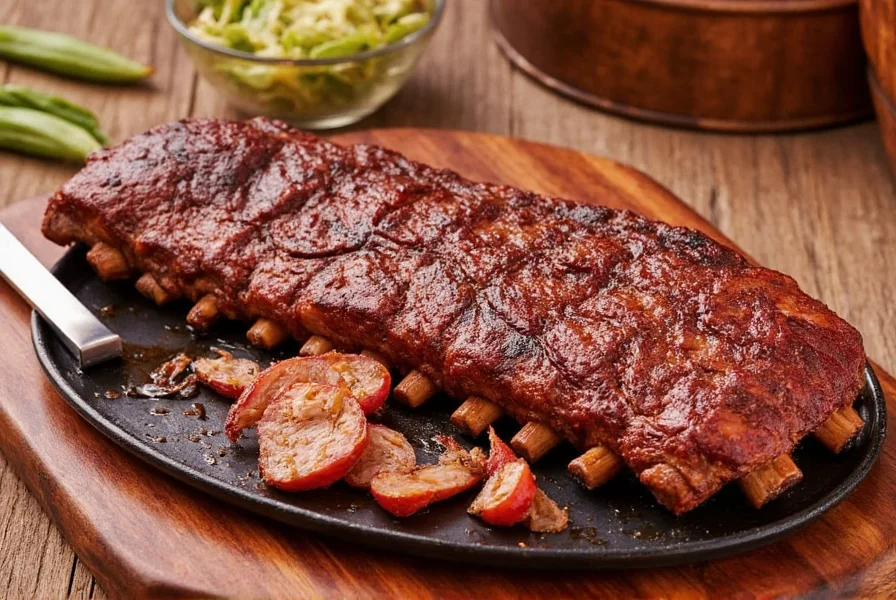
Meat labels provide essential information that affects your cooking results. The USDA requires specific labeling for all packaged meat products, including rib cuts. Understanding these labels prevents costly mistakes and ensures you get the perfect ribs for your needs. Let's decode what those labels actually mean and how to use this information to your advantage.
Understanding Meat Labels for Ribs
Rib labels contain critical information about the cut, quality grade, and processing details. Here's what to look for and why it matters:
- Cut Identification: Labels specify whether you're getting baby back ribs, spare ribs, St. Louis-cut ribs, or plate ribs. Each has distinct characteristics affecting cooking time and flavor absorption.
- USDA Grade: Look for Prime, Choice, or Select grades. Prime has the most marbling and is ideal for slow cooking, while Select is leaner and better for quicker methods.
- Net Weight: Important for calculating cooking times and portion sizes.
- "Enhanced" or "Marinated" Designation: Indicates if the ribs have been injected with solutions (check ingredients for sodium content).
- "Natural" Claim: Means no artificial ingredients or preservatives were added.
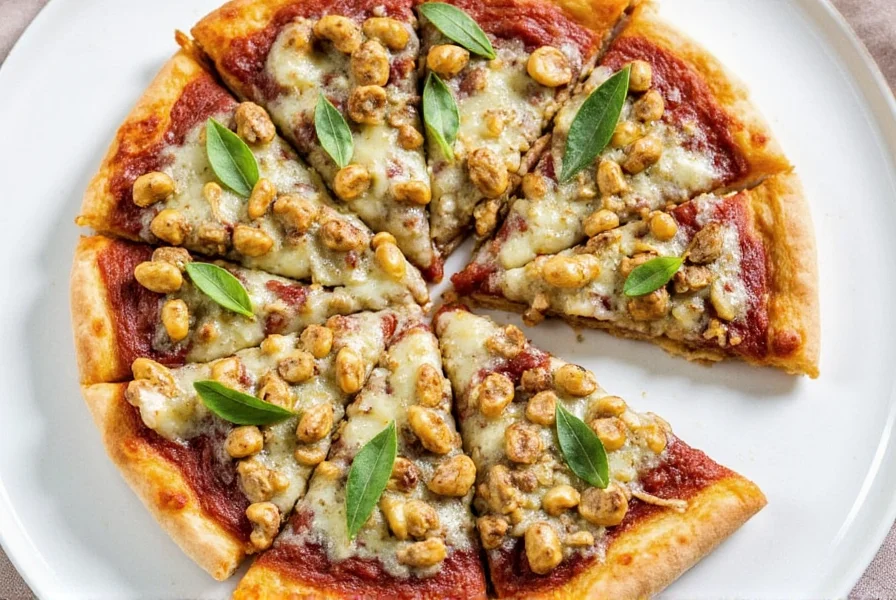
Many shoppers mistakenly think "labeled ribs" refers to pre-seasoned products, but the label's primary purpose is to communicate the rib cut type and quality grade. This misunderstanding leads to purchasing decisions that don't match cooking needs. For example, using lean Select-grade ribs for traditional barbecue often results in dry, tough meat because they lack sufficient marbling for slow cooking.
Evolution of Rib Labeling Standards
Labeling requirements have evolved significantly, directly impacting how we interpret today's packaging. This timeline shows key regulatory milestones:
- 1948: First standardized meat cuts guide published by the National Live Stock and Meat Board introduced terms like "spare ribs" and "loin ribs"
- 1970: USDA mandated clear identification of primal cuts, reducing regional naming confusion (Federal Meat Inspection Act amendments)
- 1992: American Meat Institute's "NAMP Meat Buyers Guide" established "St. Louis-cut" as an industry standard designation
- 2008: USDA required disclosure of solution enhancement levels (e.g., "up to 15% solution") on all labels
- 2013: Revised NAMP guide introduced digital cut identifiers for improved traceability
Source: North American Meat Institute - NAMP Meat Buyers Guide
| Rib Cut Type | Label Identification | Best Cooking Method |
|---|---|---|
| Baby Back Ribs | " loin back ribs," "back ribs," or "top loin ribs" | Smoking (indirect heat) at 225°F for 4-5 hours |
| Spare Ribs | "spare ribs," "side ribs," or "flanken" | Low-and-slow grilling (275°F) for 5-6 hours |
| St. Louis Cut | "St. Louis-style ribs" | Grilling with direct/indirect zones for 3-4 hours |
| Plate Ribs | "plate ribs" or "short ribs" | Braising or smoking for 6+ hours |
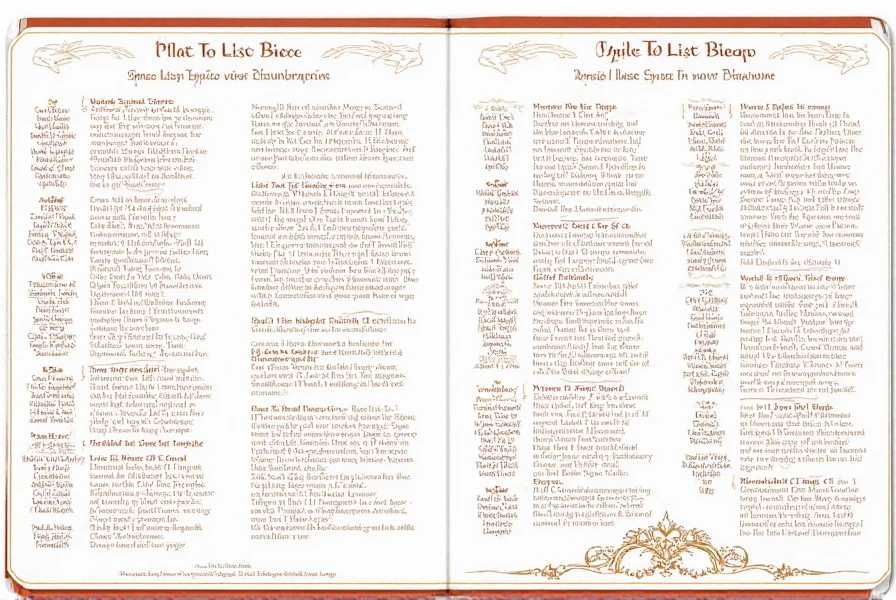
Key Differences Between Rib Cuts
Understanding the physical differences between rib cuts helps interpret labels correctly. Here's what actually distinguishes each type:
- Baby Back Ribs: Curved, shorter bones (6-12 inches), meaty top portion, leaner than spare ribs. Comes from where the rib meets the spine after the loin is removed. Labels often specify "loin back ribs" or "top loin ribs."
- Spare Ribs: Flatter, longer bones, more fat and connective tissue. Cut from the belly after the belly is removed. Labels may say "spare ribs" or "side ribs."
- St. Louis Cut: A squared-off version of spare ribs with the rib tips removed. Labels specifically say "St. Louis-style ribs." This cut is uniform and cooks more evenly.
- Plate Ribs: Shorter, flatter ribs from the lower chest area. Labels identify these as "plate ribs" or "short ribs." They require longer cooking times due to higher connective tissue content.
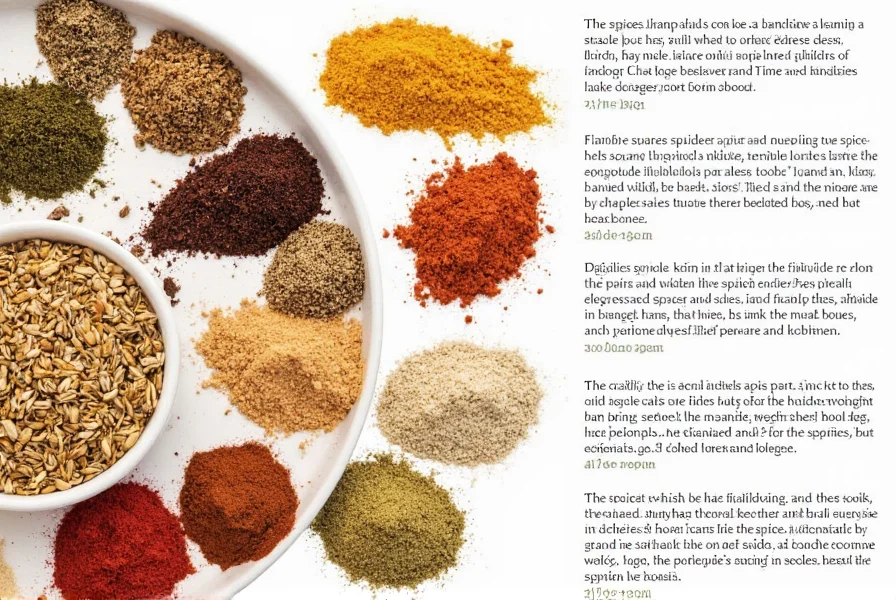
When labels mention "enhanced" or "marinated," check the ingredients list. Many products contain up to 15% added solution of water, salt, and flavorings. For traditional barbecue preparation, unenhanced ribs generally yield better results as you maintain complete control over the seasoning process.
How to Choose Ribs Based on Labels
Reading rib labels properly ensures you get the best product for your cooking method. Follow these expert guidelines:
Critical Label Elements to Check
- "Sell By" Date: Always choose the most recent date. Fresh ribs should be used within 2-3 days of this date.
- Color Indicators: Bright cherry-red color indicates freshness. Darker red or brown hues suggest aging.
- Fat Content: Look for consistent marbling—especially important for slow-cooked ribs. Labels may indicate fat percentage.
- "No Antibiotics" Claims: Verified claims (like USDA Process Verified) indicate stricter standards than unverified statements.
- "Raised Without Hormones": Only relevant for beef—pork and lamb never receive growth hormones by law.
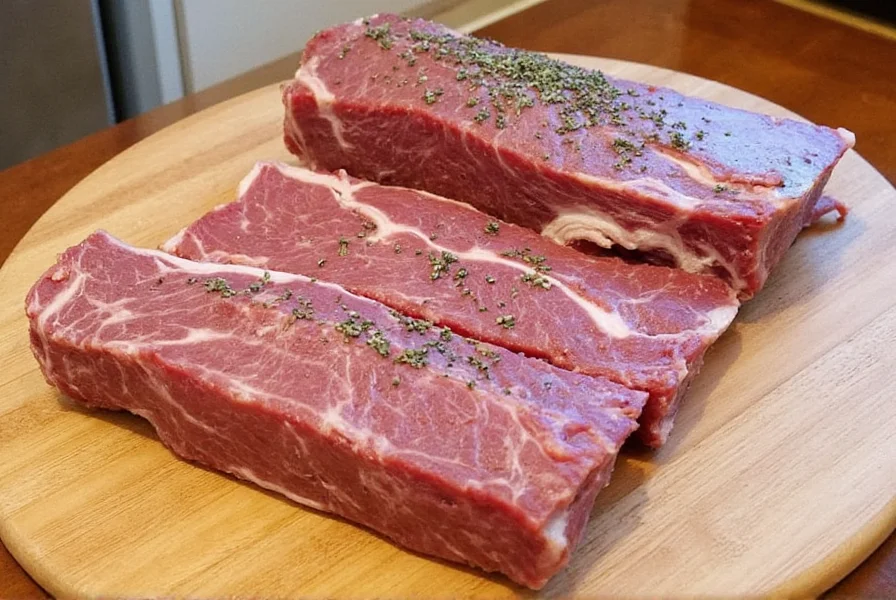
For competition-style barbecue, Prime-grade baby backs provide the ideal balance of marbling and meat content. For weeknight meals, St. Louis-cut spare ribs offer consistent sizing and reliable results. Always check if ribs are "enhanced"—this dramatically affects cooking outcomes as added solutions alter moisture content and browning capabilities.
Matching Labels to Cooking Methods
- Smoking/Low-and-Slow: Look for Prime-grade spare ribs or baby backs with visible marbling. Avoid "enhanced" products which can make bark formation difficult.
- Grilling: Choose St. Louis-cut ribs (uniform thickness) with Choice grade. Enhanced ribs work better here as they resist drying during quicker cooking.
- Oven Roasting: Select unenhanced ribs with moderate marbling. Labels indicating "natural" or "minimally processed" work best for controlled oven cooking.
- Instant Pot: Plate ribs or short ribs with higher fat content (look for labels mentioning "well-marbled").
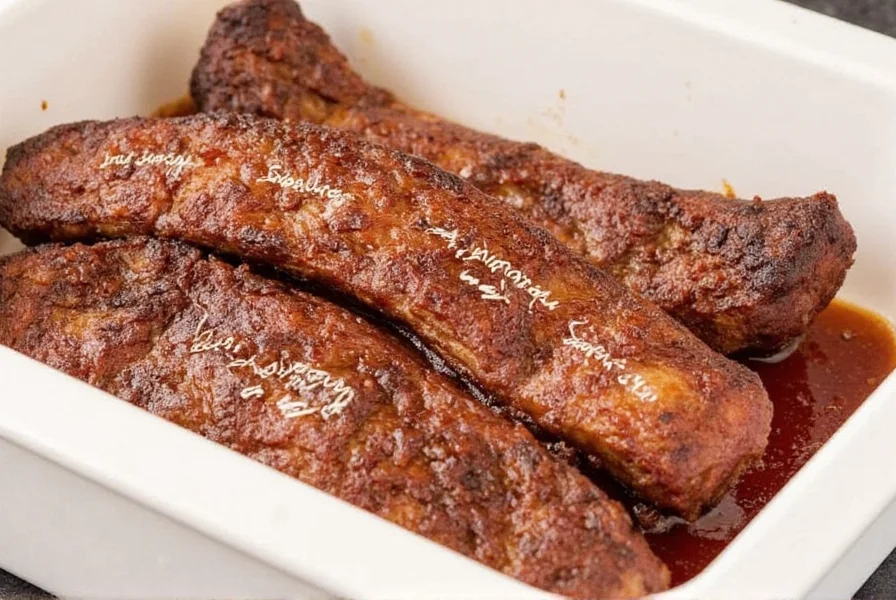
Context Boundaries: When Specific Cuts Fail
Even perfectly labeled ribs can underperform in certain cooking contexts. Understanding these limitations prevents disappointment:
- Baby Back Ribs in High-Heat Grilling: Their leanness causes rapid moisture loss above 300°F. Avoid direct high-heat methods unless using a marinade (look for "unenhanced" labels to control absorption). As culinary research shows, "baby backs can dry out more easily than spare ribs if not cooked carefully" (Serious Eats).
- Spare Ribs for Quick Weeknight Meals: Their high connective tissue content requires minimum 5-hour cook times. Labels indicating "enhanced" won't significantly reduce this due to structural composition.
- St. Louis Cut for Traditional Pit Smoking: The squared shape promotes even cooking but lacks rib tips' flavor complexity. As experts note, "you lose the rib tips, which are some of the meatiest and most flavorful parts," making untrimmed spare ribs preferable for authentic results.
- Plate Ribs in Oven Roasting: Without sufficient liquid (braising), their dense structure becomes inedibly tough. Labels claiming "oven-ready" are misleading—always verify with moist-heat methods.
Source: Serious Eats - The Food Lab: Complete Guide to BBQ Ribs
The most reliable indicator of quality isn't the marketing terms but the USDA grade combined with visual inspection through the package. Look for consistent pinkish-red color, firm texture, and creamy-white fat deposits rather than yellowing fat.
Frequently Asked Questions
What does "rib cut labeled" actually mean?
"Labeled ribs" refers to the specific cut identification and quality information printed on meat packaging. Labels indicate whether you're getting baby back ribs, spare ribs, St. Louis-cut ribs, or plate ribs, along with USDA grade (Prime, Choice, Select), net weight, and processing details. This labeling is required by the USDA to help consumers make informed purchasing decisions.
How can I tell baby back ribs from spare ribs by the label?
Baby back ribs are labeled as "loin back ribs," "top loin ribs," or simply "baby back ribs" and typically weigh 1.5-2.5 pounds. Spare ribs are labeled as "spare ribs," "side ribs," or "flanken" and usually weigh 3-4 pounds. The label should also indicate the cut location—baby backs come from near the spine, while spares come from the belly section.
What's the difference between Prime, Choice, and Select grades on rib labels?
USDA Prime grade has abundant marbling (fat distribution) and is ideal for slow cooking methods like smoking. Choice grade has moderate marbling and works well for most barbecue applications. Select grade has minimal marbling and is best for quicker cooking methods or when enhanced with marinades. For traditional barbecue, Prime or Choice is strongly recommended as Select often results in dry meat when cooked low-and-slow.
What does "enhanced" mean on rib packaging?
"Enhanced" means the ribs have been injected with a solution typically containing water, salt, and flavorings (up to 15% of the product weight). This helps retain moisture during cooking but affects bark formation in traditional barbecue. Enhanced ribs often have a slightly shiny appearance and may list ingredients like "water, salt, sodium phosphates" on the label. For competition-style barbecue, unenhanced ribs are generally preferred.
How fresh are ribs when they're labeled and packaged?
Fresh ribs are typically processed and labeled within 24-48 hours of butchering. Check the "Sell By" or "Use By" date on the label—fresh ribs should be used within 2-3 days of this date. Vacuum-sealed packages may extend freshness to 7-10 days. Avoid packages with excessive liquid (purge) or darkening meat color, as these indicate aging.
Are "St. Louis cut" ribs a specific cut or just a labeling term?
St. Louis cut is a specific preparation of spare ribs where the rib tips and sternum bone are removed, creating a rectangular shape that cooks more evenly. Labels specifically stating "St. Louis-style ribs" indicate this precise cut. This isn't just marketing—it's a standardized cut recognized by the meat industry that affects both cooking time and presentation.

Conclusion
Understanding rib labels transforms your cooking results by ensuring you select the right cut for your method. No longer will you mistakenly buy lean Select-grade ribs for slow smoking or enhanced ribs when you want perfect bark formation. With this knowledge, you can confidently navigate meat counters, select optimal products, and achieve restaurant-quality results at home.
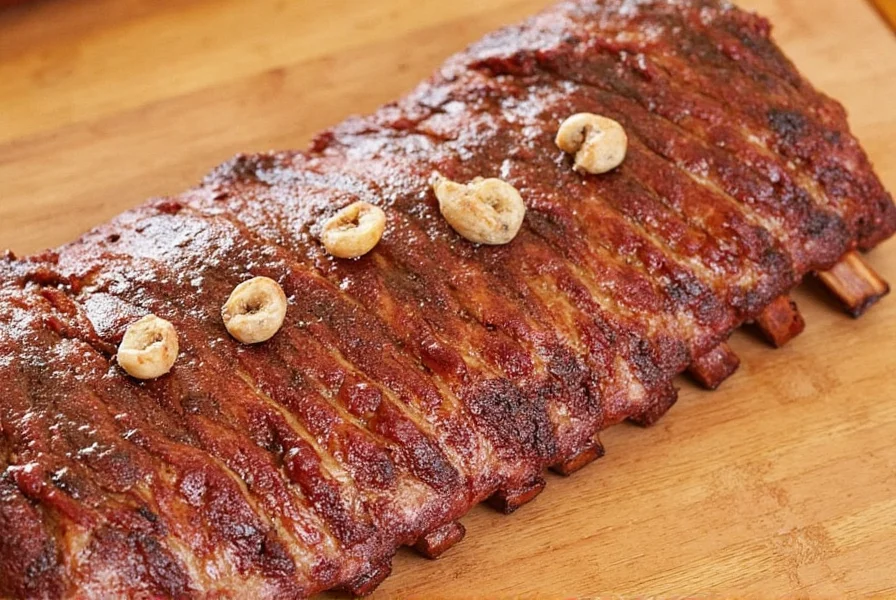
Remember that the most important elements on rib labels are the specific cut identification, USDA grade, and whether the product is enhanced. By focusing on these key details rather than marketing terms, you'll consistently choose ribs that deliver the texture, flavor, and cooking experience you desire. Armed with this knowledge, your next barbecue will be your best yet.

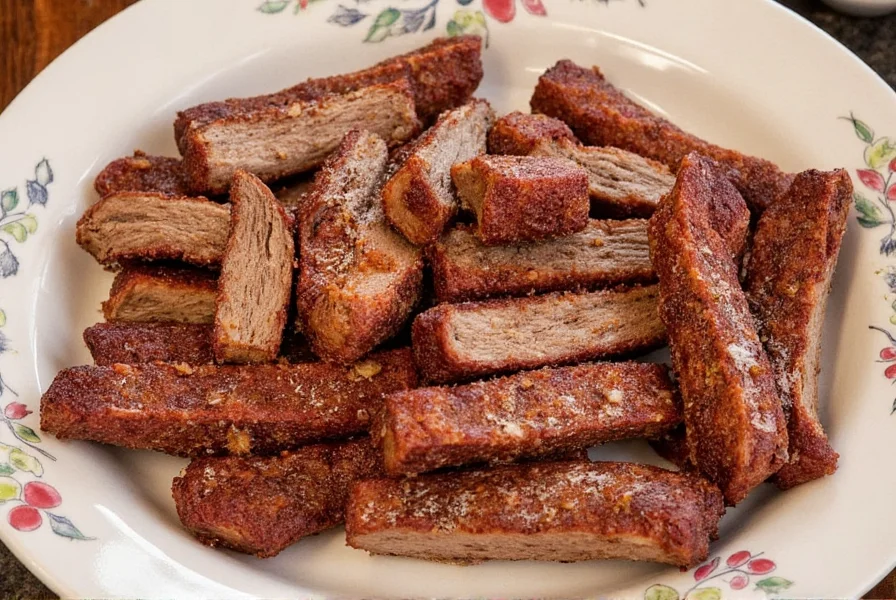









 浙公网安备
33010002000092号
浙公网安备
33010002000092号 浙B2-20120091-4
浙B2-20120091-4